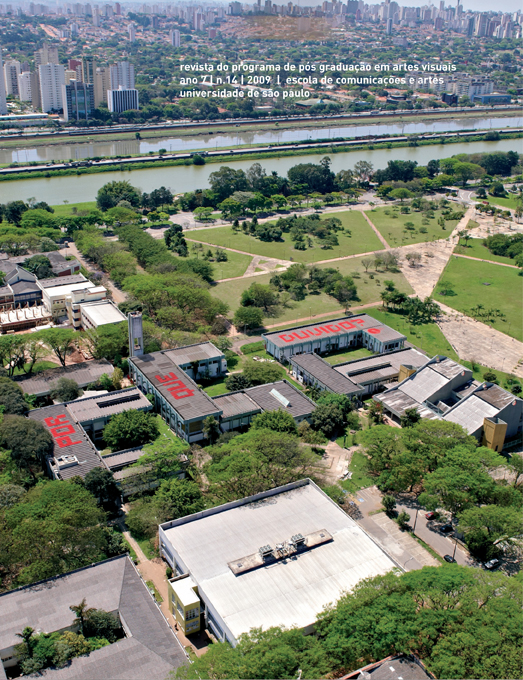O pluralismo pós-utópico da arte
DOI:
https://doi.org/10.1590/S1678-53202009000200010Keywords:
modern art, post-modernity, curation, museums, mediaAbstract
During the mid-80s, authors like Arthur Danto have championed ideas proclaiming the end of art. That historical period concured with the boom of post-modernist artistic styles and with the philosophical and cultural debates dealing with post-modernity. By "the end of art" those authors intended to mean that some sort of closure in the historical evolution of art had taken place in the 60s. A time of impressive creativity, having lasted for six centuries in the West, had reached its demise, and any form of art to emerge after that turning point would bear the signs of its post-historical condition, overlapping with the disbelief in the utopias that had somehow survived and - sometimes in the underground, sometimes explicitly - permeated all avantgardist movements, already vanishing back then. This paper sustains that, in a context like that, the much criticized post-modernist "anything goes" was in fact indicating the emergence of a new post-utopian phase for the arts and for culture in general. In face of the lack of more appropriated terms, this new phase has been called contemporaneity or contemporary art, its main characteristics to be found amid the pluralist and radically diversified maelstrom of aesthetical tendencies that so thoroughly has changed the role of curators, the nature of museums and the contingent position of art criticism.Downloads
Downloads
Published
Issue
Section
License
The responsibility for obtaining written permission to use in the articles materials protected by copyright law lies entirely with the author(s). Ars is not responsible for copyright breaches made by its collaborators.
The authors have the copyrights and grant the journal the right of the first publication, with the article licensed under the Creative Commons BY-CC License.
Licensees have the right to copy, distribute, display, and carry out the work and make derivative works from it, including with commercial purposes, granted that they give the due credit to the author or licensor, as specified by them.
Licensees compromise to inform the appropriate credit, provide a link to the license, and indicate if changes were made.
Respected the terms of the license, the licensors/authors are not allowed to revoke the conditions above mentioned.
After the publication of the articles, the authors keep the copyrights and the rights to republish the text exclusively in unpublished books and collections.


